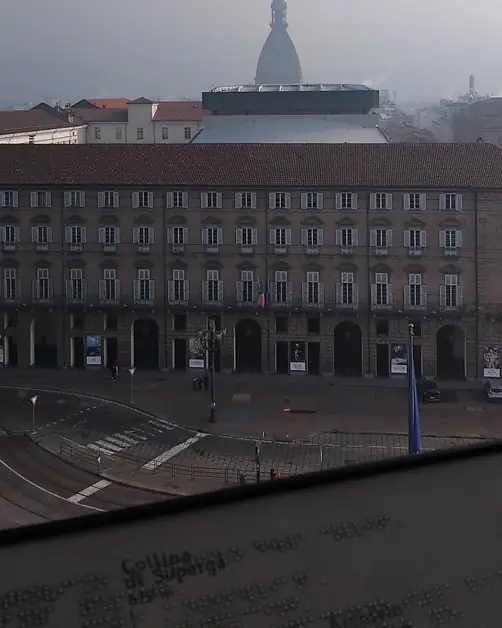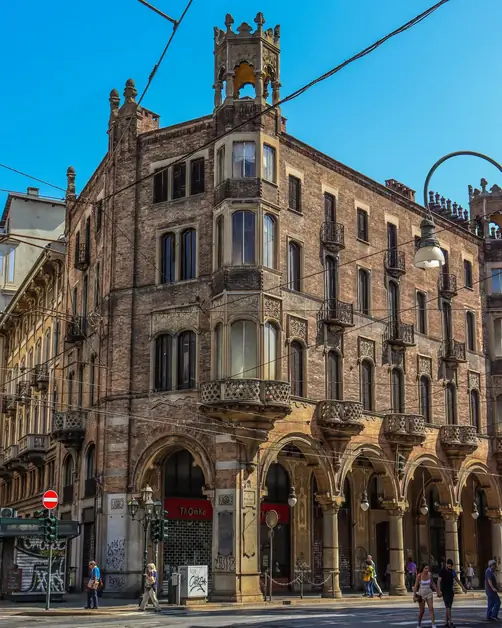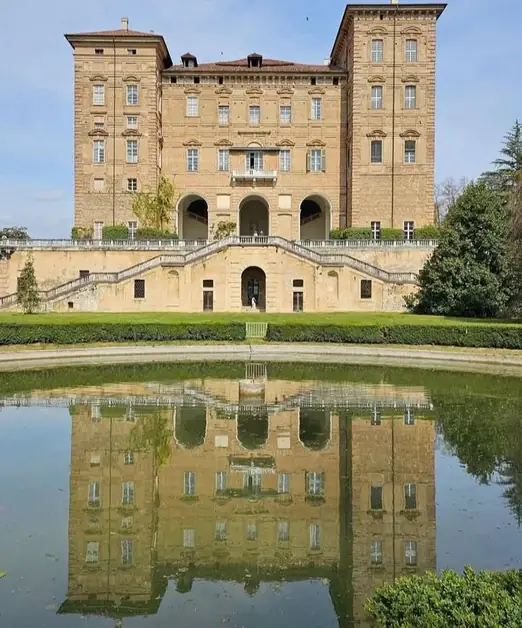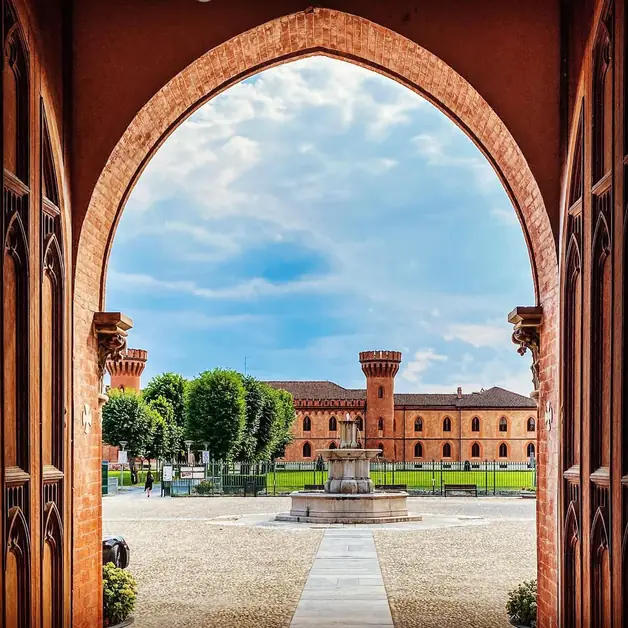History and secrets of Palazzo Madama in Turin
Palazzo Madama in Turin narrates two thousand years of history, from Roman times to Baroque, and now houses an ancient art museum.

What is the history of Palazzo Madama in Turin?
Palazzo Madama is a unique monument in the world: in a single building coexist two thousand years of history. From the Roman gate of ancient Augusta Taurinorum, it became a medieval castle, a baroque residence of the Royal Madams, an astronomical observatory, and the seat of the Senate of the Kingdom of Italy.
Why is it called Palazzo Madama in Turin?
The name comes from the two Royal Madams, Cristina di Francia and Maria Giovanna Battista di Savoia-Nemours, who in the seventeenth century transformed the medieval castle into a sumptuous royal residence.
What was the function of Palazzo Madama in the Roman era?
In the first century, it was the decuman gate of the Roman city. This defensive structure allowed access to the colony and overlooked the present historic center of Turin.
What did Palazzo Madama become in the Middle Ages?
In the thirteenth century, the Roman gate was incorporated into a fortified castle, with defensive towers and strong walls, becoming one of the focal points of medieval Turin.
What transformations took place in Palazzo Madama in the seventeenth century?
Cristina di Francia covered the medieval courtyard and transformed the palace into a place of representation. Elegant orders, reception rooms, and new environments introduced court life within the building.
Who worked on the seventeenth-century interventions of Palazzo Madama?
The architect Amedeo di Castellamonte oversaw the works commissioned by Cristina di Francia. For the interiors, artists such as Pietro Somasso and Domenico Guidobono intervened, authors of spectacular stuccos and frescoes.
What decorations characterize the rooms of Palazzo Madama?
The rooms feature gilded stuccos, allegorical frescoes, and decorations that celebrate the virtues of the Royal Madams. The first-floor environments are a masterpiece of Piedmontese baroque.
Who was the second Royal Madam of Palazzo Madama?
Giovanna Battista di Savoia-Nemours, widow of Carlo Emanuele II, lived in the palace from 1675. Under her reign, decorative and architectural works continued.
What was Filippo Juvarra's role in Palazzo Madama?
Between 1718 and 1721, Juvarra designed the spectacular baroque facade and the famous monumental staircase with two ramps, a symbol of the entire building.
What did Palazzo Madama represent in the nineteenth century?
In the nineteenth century, it became an astronomical observatory and the seat of the Senate of the Subalpine Kingdom, later Italian. Here, a fundamental part of the Unification of Italy was discussed and sanctioned.
What is the significance of the cartouche in the Senate Hall of Palazzo Madama?
The cartouche celebrates the role of the palace in the Risorgimento events: it recalls parliamentary debates, the defense of the Albertine Statute, and the proclamation of the Kingdom of Italy.
When did modern restorations of Palazzo Madama begin?
From 1884, studies, excavations, and restorations led by Alfredo d'Andrade began, who reconstructed the complex history of the building and enhanced its architectural stratifications.
What was the role of Palazzo Madama in the twentieth century?
Since 1934, it has housed the Civic Museum of Ancient Art, a prestigious collection that tells the artistic history of Turin and Piedmont.
What can you visit today in Palazzo Madama?
The museum route develops over four floors: the Medieval Lapidary in the moat, Gothic and Renaissance arts on the ground floor, baroque on the noble floor, and decorative arts on the second floor.
What is the medieval garden of Palazzo Madama?
Inaugurated in 2011 at the foot of the medieval towers, the garden is an oasis inspired by medieval botanical models, reconstructed to evoke the atmosphere and colors of the time.
What is the importance of the collection at Palazzo Madama?
The museum houses about 75,000 works including sculptures, paintings, ceramics, jewelry, glass, furniture, and textiles, a unique testimony to the cultural and artistic history of Turin.
Why is Palazzo Madama a symbol of the city?
Because it represents a journey through history: from the Roman era to the Renaissance, from baroque to Risorgimento politics, to modern art. It is the house of centuries, as defined by Guido Gozzano.
What makes Palazzo Madama unique architecturally?
The overlap of styles and functions, the contrast between medieval towers and the baroque facade, the decorated interiors, and the monumental Juvarrian staircase.
How to reach Palazzo Madama in Turin?
It is located in the center of Piazza Castello, the historical heart of the city, easily reachable on foot or by public transport.
Why visit Palazzo Madama in Turin?
To discover two thousand years of history in a single building, admire masterpieces of art, and experience a journey that unites memory, identity, and innovation.




